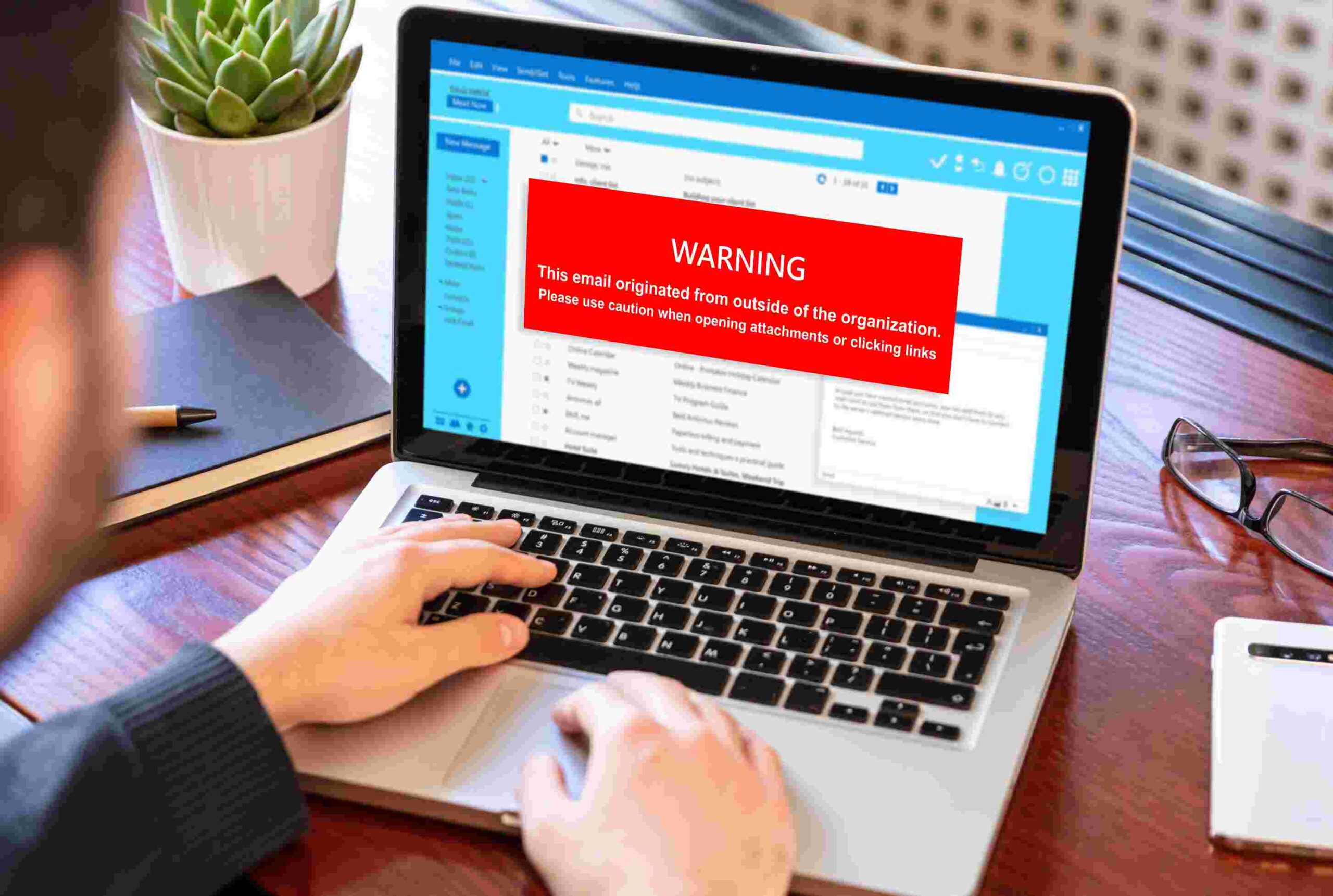Spam is a huge issue for most Internet users – in fact, 52% of participants polled in a recent survey stated that spam was a major problem. And despite the evolution of anti spam software, such as spam filters and spam blockers, the negative effects of spam are still being felt by individuals and businesses alike. Think you know all you need to know about spam? Read on for some alarming spam statistics and facts about spam email.
Statistics and Facts About Spam
Spam accounts for 14.5 billion messages globally per day. In other words, spam makes up 45% of all emails. Some research companies estimate that spam email makes up an even greater portion of global emails, some 73% in fact. The United States is the number one generator of spam email, with Korea clocking in as the second largest contributor of unwanted email.
The most prevalent type of spam is advertising-related email; this type of spam accounts for approximately 36% of all spam messages. The second most common category of spam is adult-related in subject and makes up roughly 31.7% of all spam. Unwanted emails related to financial matters is the third most popular form of spam, at 26.5%.
Surprisingly, scams and fraud comprise only 2.5% of all spam email; however, identity theft (which is known as phishing) makes up 73% of this figure.
Because spam has inundated both the personal and corporate world of emailing, it has affected the way that individuals and companies feel about spam. In fact, surveys have found that spam has led to decreased public confidence and trust in Internet communications. A study conducted in 2005 found that 53% of people interviewed had lost confidence in communicating through email due to spam. However, this percentage dropped from 62% the year before.
Companies also find spam a troublesome problem that reduces productivity and safety. Fifty two percent of companies interviewed for a recent study listed minimizing spam as their top priority.
However, anti spam measures such as spam blockers provide some hope in the fight against unwanted email. In fact, MSN alone blocks some 2.4 billion spam emails every day.
The Costs of Spam: How Spam Affects Your Bottom Line
According to a study by the Radicati Research Group Inc., a research firm based in Palo Alto, California, spam costs businesses $20.5 billion annually in decreased productivity as well as in technical expenses. Nucleus Research estimates that the average loss per employee annually because of spam is approximately $1934.
Predictions for the future costs of spam don’t look any brighter. It is estimated that 58 billion junk emails will be sent every day within the next four years, a figure that will cost businesses some $198 billion annually.
However, some researchers believe that based on an estimated current cost of $49 annually per inbox, the total cost of spam for businesses will balloon to $257 billion per year if spam continues to flourish at its current rate.




